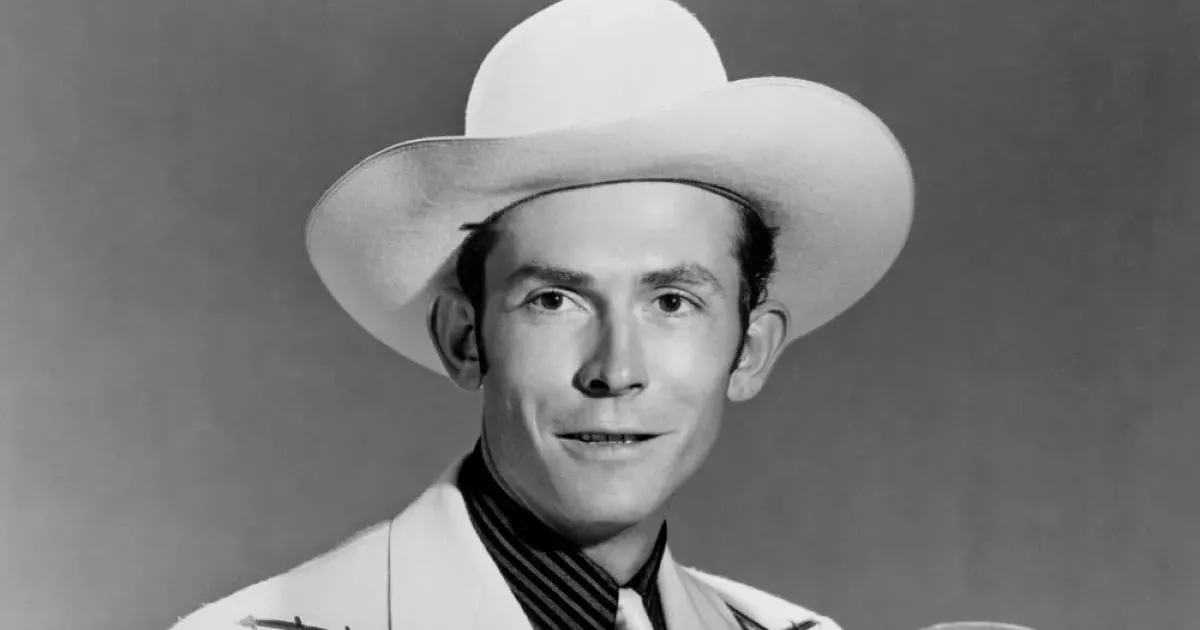Resilience and perseverance in the journey of Hank Williams. A timeline of obstacles and growth.
Hank Williams was a highly influential American singer-songwriter of the 20th century. He achieved significant success with 55 singles reaching the Billboard Country & Western Best Sellers chart's top 10, including 12 number-one hits. Even after his death, his music continued to resonate, with five posthumously released singles also reaching the top 10. Williams' impact on country music remains profound.
1930: Elonzo Williams' Illness
In 1930, when Hank Williams was seven, his father Elonzo began experiencing facial paralysis and was later diagnosed with a brain aneurysm.
1941: Entry into World War II
In 1941, the American entry into World War II marked the beginning of hard times for Hank Williams and his band, as his band members were drafted.
August 1942: Firing from WSFA
In August 1942, Hank Williams was fired from WSFA radio for "habitual drunkenness", a consequence of his worsening alcoholism.
September 14, 1946: Audition for Grand Ole Opry and signing with Acuff-Rose Music
On September 14, 1946, Hank Williams auditioned for the Grand Ole Opry in Nashville but was rejected. Following this, Hank and Audrey Williams approached Fred Rose at Acuff-Rose Music, leading to a six-song contract and subsequently, a deal with Sterling Records.
May 21, 1951: Admission to North Louisiana Sanitarium
On May 21, 1951, Hank Williams was admitted to North Louisiana Sanitarium in Shreveport for treatment of his alcoholism and back problem, and was released on May 24.
December 13, 1951: Spinal Fusion Surgery
On December 13, 1951, Hank Williams underwent a spinal fusion at Vanderbilt University Hospital after a fall aggravated his congenital spinal condition. He was discharged against medical advice on Christmas Eve.
1951: Horace "Toby" Marshall paroled in 1951
Horace "Toby" Marshall, who later posed as a doctor and provided harmful prescriptions to Hank Williams, had been paroled and released from the Oklahoma State Penitentiary in 1951.
May 29, 1952: Divorce from Audrey Sheppard
On May 29, 1952, Hank Williams and Audrey Sheppard divorced after a turbulent marriage and his struggles with alcohol and painkillers.
June 1952: Moving in with Ray Price
In June 1952, Hank Williams moved into a house with Ray Price in Nashville. Price left soon after due to Williams's alcoholism.
August 11, 1952: Dismissal from the Grand Ole Opry
On August 11, 1952, Hank Williams was dismissed from the Grand Ole Opry due to habitual drunkenness and missing shows.
1952: Divorce, Remarriage, and Opry Dismissal
In 1952, Audrey divorced Hank Williams, and he married Billie Jean Jones. Also in 1952, he was dismissed by the Grand Ole Opry due to unreliability and alcoholism.
May 1953: Audrey Williams Files Lawsuit Against MGM and Acuff-Rose
In May 1953, Audrey Williams filed a lawsuit in Nashville against MGM Records and Acuff-Rose, demanding continued royalty payments from Hank Williams's records due to the lack of a will.
August 19, 1953: Settlement Agreement with Billie Jean Horton
On August 19, 1953, Billie Jean Horton signed an agreement accepting US$30,000, ceasing use of "Mrs. Hank Williams" title, revealing location of horse and returning items. Lilly Williams became the legal guardian of the estate.
Mentioned in this timeline

Bob Dylan is a highly influential American singer-songwriter renowned as...
CBS Broadcasting Inc CBS is a prominent American commercial broadcast...
California is a U S state on the Pacific Coast...

Sony is a Japanese multinational conglomerate based in Tokyo Its...

Christmas is an annual festival celebrated on December th commemorating...

Inflation in economics signifies an increase in the average price...
Trending
1 month ago Prince George's Royal Debut: Joins Kate, King Charles at Remembrance Festival.

A meteor shower is a celestial event where numerous meteors appear to radiate from a single point in the night...

2 months ago Michael J. Fox Reflects on 'Teen Wolf' and 'Back to the Future' in Memoir.
6 days ago Jeremy O. Harris, 'Emily in Paris' Actor, Arrested in Japan for Drug Smuggling
Maribel Guardia a Costa Rica-Mexican actress gained initial recognition as Miss Costa Rica and subsequently participated in Miss Universe She...

1 month ago Tucker Carlson faced criticism from Ben Shapiro amidst Heritage staff shakeup and antisemitism concerns.
Popular

Candace Owens is an American conservative political commentator and author...

XXXTentacion born Jahseh Dwayne Ricardo Onfroy was a controversial yet...

Ilhan Omar is an American politician currently serving as the...
Matt and Ross Duffer known as the Duffer Brothers are...

Tom Cotton is an American politician and Army veteran currently...
The Kennedy Center Honors are annual awards recognizing individuals and...
